In an era where digital landscapes reign supreme, the critical role of cybersecurity in America cannot be overstated. As we navigate the intricate web of technology, securing our digital assets becomes paramount. Join us on a journey into cyber security, where we’ll explore the measures that fortify the core of the nation’s technological infrastructure.
The Cyber Security Landscape: A Comprehensive Exploration
America’s Digital Ecosystem: Navigating the Expansive Terrain
In the face of an ever-expanding digital ecosystem, the imperative for an unyielding shield against cyber threats becomes increasingly apparent. To effectively navigate this dynamic landscape, a thorough understanding of the nuances of cyber security serves as the foundational step in creating a robust defense mechanism.
As technology continues to advance and intertwine with various facets of our lives, the intricacies of securing the digital frontier demand a holistic approach. America’s digital ecosystem encompasses a myriad of interconnected systems, ranging from government networks and financial institutions to critical infrastructure and individual devices. Each node within this expansive terrain presents a potential point of vulnerability, emphasizing the need for a comprehensive and adaptive cyber security strategy.
The evolving nature of cyber threats, from sophisticated malware to targeted attacks, underscores the importance of a proactive and multifaceted defense. An in-depth exploration of cybersecurity in America and its digital ecosystem allows us to identify potential weak points and design tailored solutions that not only address current threats but also anticipate and mitigate emerging challenges.
The Holistic Overview
This holistic overview extends beyond mere technical solutions, delving into the human aspect of Cybersecurity in America. Recognizing the role of individuals as both potential weak links and vital components of the defense mechanism, education and awareness programs become integral. By fostering a cyber-aware culture, organizations and individuals can actively contribute to fortifying the digital ecosystem against a diverse array of cyber threats.
In essence, understanding the intricacies of America’s digital ecosystem is akin to charting a course through uncharted waters. It requires a nuanced approach that combines technological innovation, strategic planning, and a collective commitment to resilience. As we delve deeper into this complex landscape, we unveil the layers of cybersecurity in America that not only protect individual entities but collectively fortify the nation’s digital resilience.
Qualysec: The Global Player
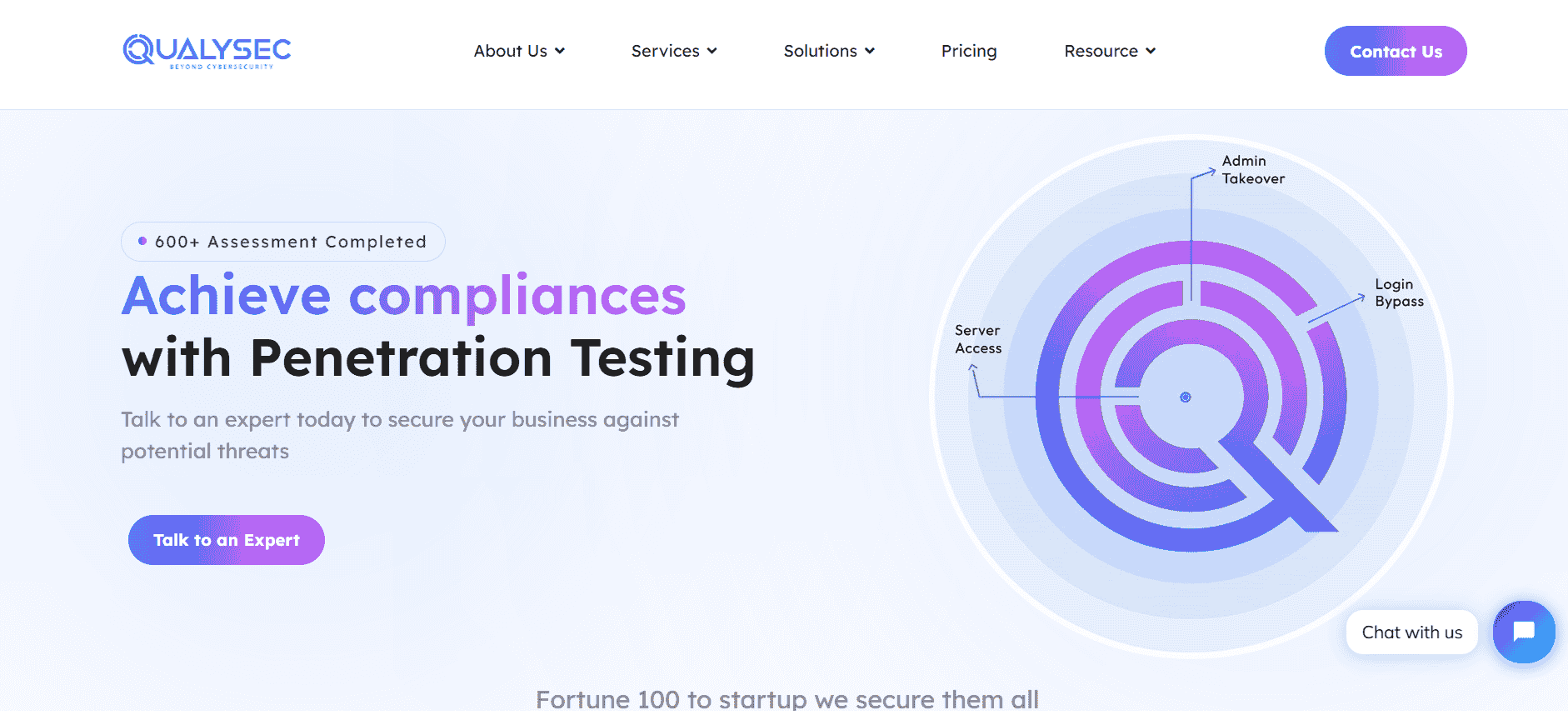
Organizations are increasingly turning to the expertise of cybersecurity to fortify their digital landscapes. In the face of evolving cyber threats, the migration of application workloads requires a strategic approach to ensure both flexibility and security. Qualysec Technologies stands as a beacon in this landscape, offering a unique blend of penetration testing prowess to enhance creativity, dependability, and efficiency without compromising on application security.
Qualysec specializes in process-based penetration testing, delivering tailored security solutions that align with the industry’s highest standards. Our Hybrid penetration testing methodology, coupled with an adept workforce, ensures that your applications are shielded against the latest threats.
Our cybersecurity services encompass a holistic approach, combining automated vulnerability scanning with manual testing using advanced technologies like Burp Suite and Netsparker. We actively guide businesses through intricate regulatory compliance frameworks such as GDPR, SOC2, ISO 27001, and HIPAA. Qulaysec also offers various penetration and cybersecurity services such as :
- Web App Pentesting
- Mobile App Pentesting
- API Pentesting
- Cloud Security Pentesting
- IoT Device Pentesting
- AI ML Pen testing
What sets Qualysec apart?
What sets Qualysec apart is our commitment to transparency and collaboration. Our detailed and developer-friendly cybersecurity report provides comprehensive insights, from pinpointing vulnerabilities to offering step-by-step solutions. With a proven track record of safeguarding 250+ apps across 20+ countries and a network of 100+ partners, Qualysec proudly maintains a zero-data-breach record.
Prioritizing your safety is our utmost concern. Contact Qualysec now for unparalleled digital security for your applications and company. Our experienced team is ready to assist you in fortifying your digital assets. Contact us right away, and let’s secure your digital future together with one of the best cybersecurity service providers in America.
Network Security: Fortifying Information Pathways
In an interconnected world, Network Security acts as the vigilant sentinel, ensuring the integrity of information pathways. This involves a multi-faceted approach:
- Firewalls and Intrusion Prevention Systems (IPS): Deploying robust firewalls and IPS mechanisms to monitor and control incoming and outgoing network traffic, preventing unauthorized access and malicious activities.
- Virtual Private Networks (VPNs): Utilizing secure VPN connections to encrypt data transmitted between devices, enhancing privacy and thwarting potential eavesdropping.
- Regular Security Audits: Conduct routine security audits to identify vulnerabilities, assess risks, and implement timely updates to fortify the network against emerging threats.
Endpoint Security: Guardians of Individual Devices
As a myriad of devices access networks, securing each endpoint becomes paramount. Endpoint Security employs a layered defense strategy:
- Antivirus and Anti-Malware Solutions: Installing robust antivirus and anti-malware software to detect and eliminate malicious software, ensuring the devices remain uncompromised.
- Device Encryption: Implementing encryption protocols to safeguard data stored on individual devices, rendering it inaccessible to unauthorized entities in the event of theft or unauthorized access.
- Multi-Factor Authentication (MFA): Adding an extra layer of security by requiring multiple forms of identification before granting access, reducing the risk of unauthorized entry.
Data Security: Safeguarding the Digital Lifeblood
At the core of every digital entity lies data, and Cybersecurity in America places profound emphasis on its protection through meticulous measures:
- Encryption: Employing strong encryption algorithms to encode sensitive data during transmission and storage, rendering it unreadable to unauthorized entities.
- Access Controls: Implementing stringent access controls to ensure that only authorized individuals or systems can access specific data, limiting the risk of unauthorized manipulation.
- Regular Audits and Monitoring: Conducting regular audits and implementing continuous monitoring processes to detect and respond promptly to any suspicious activities or breaches.
Table: Summary of Cyber Security Measures
| Security Component | Key Measures |
|---|---|
| Network Security | – Firewalls and IPS – Virtual Private Networks (VPNs) – Regular Security Audits |
| Endpoint Security | – Antivirus and Anti-Malware Solutions – Device Encryption – Multi-Factor Authentication (MFA) |
| Data Security | – Encryption – Access Controls – Regular Audits and Monitoring |
In unison, these essential components form a resilient defense, safeguarding the digital lifeblood of the nation against the ever-evolving landscape of cyber threats in America.
Emerging Cyber Threats: Unveiling the Digital Adversaries
As the digital frontier evolves, so do the adversaries that seek to exploit vulnerabilities. Cybersecurity in America, professionals grapple with a spectrum of diverse and ever-evolving challenges. Let’s explore these threats in detail, employing tables and bullet points to delineate the intricacies of emerging cyber threats and the corresponding solutions.
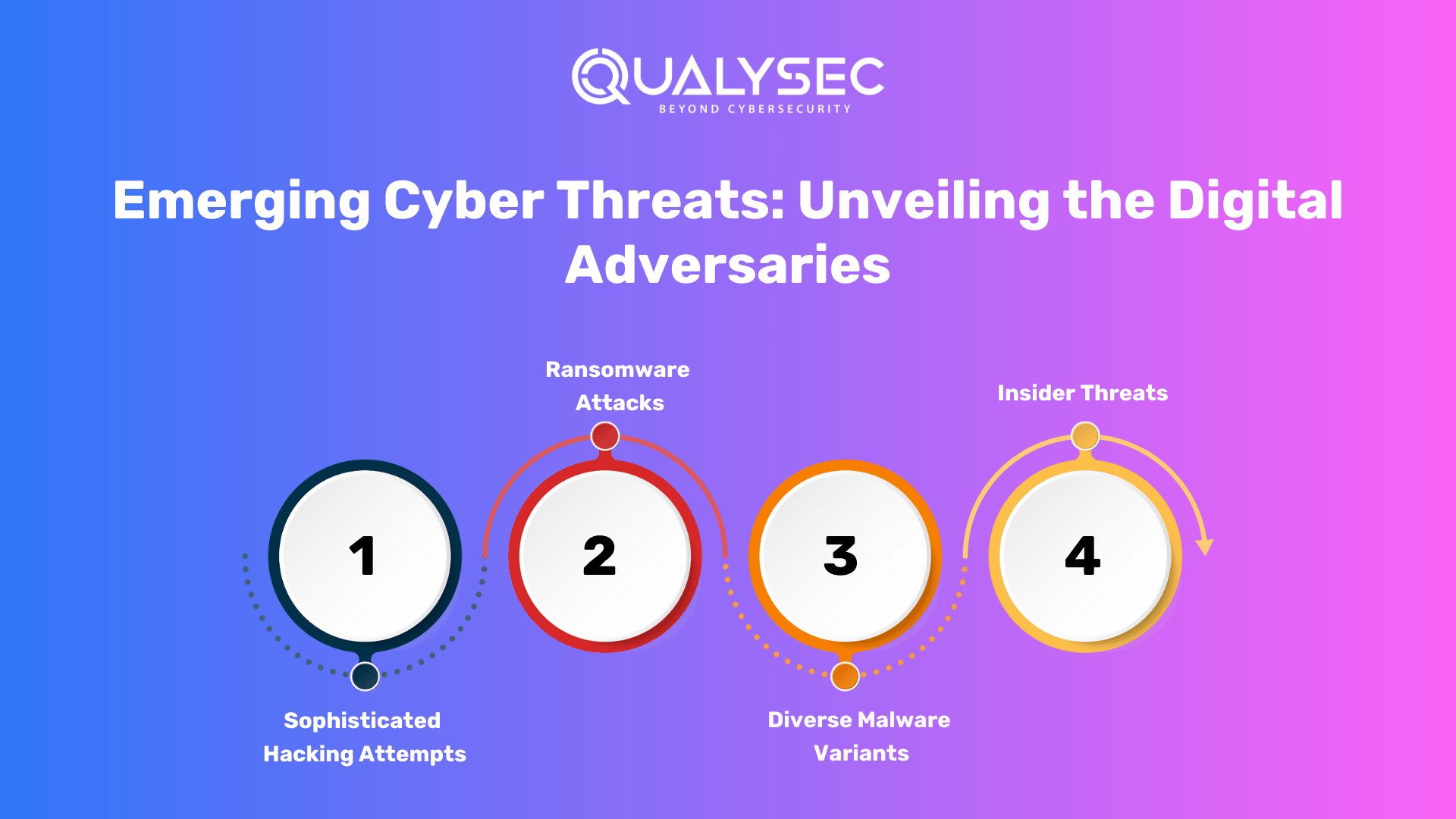
1. Sophisticated Hacking Attempts:
- Techniques: Adversaries employ advanced techniques such as spear-phishing, zero-day exploits, and social engineering to gain unauthorized access.
- Solutions:
- Advanced Threat Detection: Utilizing advanced threat detection tools that can identify anomalous patterns and behaviors indicative of sophisticated attacks.
- User Education: Conducting regular training programs to educate users about recognizing and avoiding phishing attempts.
2. Ransomware Attacks:
- Characteristics: Malicious software encrypts data, demanding a ransom for its release, posing significant financial and operational risks.
- Solutions:
- Regular Backups: Implementing regular data backups to ensure quick recovery without succumbing to ransom demands.
- Endpoint Security: Strengthening endpoint security to prevent initial ransomware infiltration.
3. Diverse Malware Variants:
- Types: From trojans and worms to botnets, the array of malware continues to diversify, making detection and mitigation challenging.
- Solutions:
- Antivirus and Anti-Malware Solutions: Employing up-to-date antivirus software capable of identifying and neutralizing various malware variants.
- Behavioral Analysis: Utilizing behavioral analysis tools to detect anomalies that may indicate the presence of new or unknown malware.
4. Insider Threats:
- Sources: Malicious actions or unintentional mistakes by employees pose a significant threat to organizational security.
- Solutions:
- User Behavior Analytics: Implementing user behavior analytics to detect unusual patterns or activities that may indicate insider threats.
- Access Controls: Restricting access permissions based on job roles to minimize the potential impact of insider threats.
| Cyber Threat | Characteristics | Key Solutions |
|---|---|---|
| Sophisticated Hacking | – Advanced Techniques | – Advanced Threat Detection |
| Attempts | – Social Engineering | – User Education |
| Ransomware Attacks | – Data Encryption – Ransom Demands |
– Regular Backups – Strengthened Endpoint Security – Strengthened Endpoint Security |
| Diverse Malware | – Various Types | – Antivirus and Anti-Malware Solutions |
| Variants | – Constant Evolution | – Behavioral Analysis |
| Insider Threats | – Malicious Actions or Mistakes by Employees | – User Behavior Analytics – Access Controls |
In the face of these diverse and evolving cyber threats, a proactive and layered approach combining technological solutions, user education, and stringent access controls is imperative. By staying ahead of the threat landscape, cyber security professionals can effectively navigate the challenges posed by these digital adversaries.
Proactive Measures: Fortifying the Digital Perimeter
Continuous Monitoring: Vigilance as a Virtue
A proactive stance in cyber security necessitates continuous monitoring of networks and systems, forming an integral part of a robust defense strategy. Delve into the intricacies of this approach of Firm in regards to Cybersecurity in America.
Continuous Monitoring Components:
Real-Time Threat Detection:
- Utilizing advanced tools and technologies to detect and analyze network activity in real-time.
- Automated alerts for potential security incidents to ensure immediate response.
Log Analysis:
- Regularly analyzing system logs to identify patterns or anomalies that may indicate a security breach.
- Implementing log management solutions for efficient analysis and reporting.
Vulnerability Scanning:
- We are conducting routine vulnerability assessments to identify and address potential weaknesses in the network.
- Timely application of patches and updates based on scan results.
Incident Response Planning:
- Developing and regularly updating incident response plans to streamline actions in the event of a security incident.
- Conducting regular drills and simulations to test the effectiveness of response procedures.
Table: Key Elements of Continuous Monitoring
| Continuous Monitoring Component | Description |
|---|---|
| Real-Time Threat Detection | – Utilizes advanced tools for immediate threat identification – Automated alerts for rapid response |
| Log Analysis | – Regular analysis of system logs – Implementation of log management solutions |
| Vulnerability Scanning | – Routine assessments to identify network weaknesses – Prompt application of patches and updates |
| Incident Response Planning | – Development and updates of response plans – Drills and simulations to test response effectiveness |
Employee Training: The Human Firewall
Recognizing the dual role of employees as potential weak links and crucial elements of defense, comprehensive training programs become paramount. Dive into the details of empowering individuals to recognize and respond to potential threats through in-depth explanations, tables, and bullet points.
Employee Training Strategies:
Phishing Awareness:
- Conducting simulated phishing exercises to educate employees on recognizing and avoiding phishing attempts.
- Providing regular updates on new phishing techniques and tactics.
Cyber Hygiene Best Practices:
- Offering training modules on essential cyber hygiene practices, including password management and secure browsing.
- Reinforcing the importance of software updates and regular system maintenance.
Social Engineering Education:
- Providing insights into common social engineering tactics and how to resist manipulation.
- Encouraging a culture of skepticism and verification when encountering unfamiliar communications.
Role-Specific Training:
- Tailoring training programs based on employees’ roles and responsibilities.
- Ensuring that employees understand their role in the overall cyber security posture.
Table: Key Components of Employee Training
| Employee Training Strategy | Description |
|---|---|
| Phishing Awareness | – Simulated exercises for recognizing and avoiding phishing – Regular updates on new phishing techniques and tactics |
| Cyber Hygiene Best Practices | – Modules on essential cyber hygiene practices – Emphasis on password management and secure browsing |
| Social Engineering Education | – Insights into common social engineering tactics – Encouraging skepticism and verification in communication |
| Role-Specific Training | – Tailored programs based on employees’ roles and responsibilities – Clarifying their role in the overall cyber security posture |
By combining continuous monitoring with a well-structured employee training program, organizations can cultivate a proactive cyber security culture, mitigating risks and enhancing the resilience of their digital infrastructure.
Strengthening the Digital Shield: Collaboration and Innovation
Collaboration Among Stakeholders
In the complex landscape of cyber security, collaboration among stakeholders is a cornerstone for building a resilient defense. Explore the intricacies of this collaborative approach with detailed explanations, tables, and bullet points.
Key Stakeholders in Cyber Security Collaboration:
Government Agencies:
- Sharing threat intelligence with various government agencies to enhance overall national security.
- Collaborating on policy development to address evolving cyber threats.
Private Sector Organizations:
- Establishing information-sharing mechanisms with private entities to enhance collective situational awareness.
- Coordinating efforts in research and development to stay ahead of emerging threats.
Academic and Research Institutions:
- Facilitating collaboration in research projects to advance cyber security technologies.
- Training and educating the workforce through joint initiatives.
Table: Stakeholders in Cyber Security Collaboration
| Stakeholder Group | Collaboration Areas |
|---|---|
| Government Agencies | – Threat intelligence sharing – Policy development for cyber security |
| Private Sector Organizations | – Information-sharing mechanisms – Collaborative research and development |
| Academic and Research | – Joint research projects |
| Institutions | – Workforce training and education |
Public-Private Partnerships: Bridging the Gap
Public-private partnerships form a crucial bridge in fortifying cyber security defenses. Dive into the specifics of these partnerships with detailed explanations, tables, and bullet points.
Components of Public-Private Partnerships:
Information Sharing Platforms:
- Establishing secure platforms for the exchange of timely and relevant threat intelligence.
- Ensuring legal frameworks that facilitate information sharing while protecting sensitive data.
Joint Cybersecurity Initiatives:
- Collaborating on initiatives to develop and implement best practices for cyber security.
- Participating in joint exercises to enhance preparedness and response capabilities.
Regulatory Frameworks:
- Coordinating efforts to develop and comply with regulatory frameworks that enhance overall cyber resilience.
- Establishing clear guidelines for incident reporting and response.
Table: Components of Public-Private Partnerships
| Partnership Component | Description |
|---|---|
| Information Sharing Platforms | – Secure platforms for threat intelligence exchange – Legal frameworks ensuring data protection and sharing |
| Joint Cybersecurity Initiatives | – Collaborative initiatives for best practices development – Participation in joint exercises for enhanced readiness |
| Regulatory Frameworks | – Coordination on regulatory frameworks for cyber resilience – Guidelines for incident reporting and response |
International Cooperation: A Global Front
In the interconnected world of cyber threats, international cooperation becomes paramount. Explore the dimensions of this global collaboration in the realm of Cybersecurity in America.
Elements of International Cooperation:
Global Threat Intelligence Sharing:
- Establishing channels for the seamless exchange of threat intelligence on a global scale.
- Ensuring interoperability of systems for effective international collaboration.
Joint Cybersecurity Task Forces:
- Forming joint task forces to address transnational cyber threats collaboratively.
- Sharing expertise and resources to strengthen cyber defense capabilities worldwide.
Cyber Diplomacy and Treaties:
- Engaging in cyber diplomacy to foster trust and cooperation among nations.
- Developing international treaties to govern cyber activities and establish norms.
Table: Elements of International Cooperation
| Cooperation Element | Description |
|---|---|
| Global Threat Intelligence Sharing | – Channels for global threat intelligence exchange – Ensuring interoperability for effective collaboration |
| Joint Cybersecurity Task Forces | – Collaborative efforts to address transnational threats – Sharing expertise and resources for global defense |
| Cyber Diplomacy and Treaties | – Building trust through cyber diplomacy – Establishing international treaties and cyber norms |
By fostering collaboration among stakeholders, nurturing public-private partnerships, and engaging in international cooperation, cybersecurity in America not only strengthens its domestic defenses but contributes to a global front against cyber threats. This collaborative and innovative approach forms a robust digital shield, ensuring a collective defense against the ever-evolving landscape of cyber threats.
Innovation in Cyber Defense: Unleashing Technological Guardians
Artificial Intelligence: The Silent Guardian
Harnessing the power of Artificial Intelligence (AI) introduces a silent but formidable guardian in the realm of cyber defense. Delve into the depth of AI’s role, exploring advanced algorithms, real-time threat response, and its contribution as an additional layer of protection.
Components of AI in Cyber Defense:
Advanced Threat Detection:
- AI algorithms analyze vast datasets to identify patterns indicative of potential threats.
- Real-time monitoring enables swift detection of anomalies and suspicious activities.
Behavioral Analytics:
- AI systems learn normal user and system behavior, detecting deviations that may signify a security breach.
- Continuous refinement of algorithms improves accuracy in identifying emerging threats.
Automated Response Mechanisms:
- AI-powered automated responses enable immediate reactions to identified threats.
- Rapid containment measures and mitigation actions help prevent the escalation of cyber incidents.
Table: Components of AI in Cyber Defense
| AI Component | Description |
|---|---|
| Advanced Threat Detection | – Analysis of vast datasets for threat identification – Real-time monitoring for swift anomaly detection |
| Behavioral Analytics | – Learning and detecting deviations in user behavior – Continuous refinement for accuracy in threat detection |
| Automated Response | – AI-powered immediate responses to identified threats |
| Mechanisms | – Rapid containment and mitigation actions |
Blockchain Technology: A Tamper-Proof Fortress
The decentralized and tamper-proof nature of Blockchain Technology emerges as a revolutionary force in data security, forming a robust defense against unauthorized access and data manipulation. Explore the intricacies of Blockchain’s application in cyber defense.
Key Features of Blockchain in Cyber Security:
Decentralization:
- Blockchain operates on a decentralized network, eliminating a single point of failure.
- Data is distributed across multiple nodes, making it resilient to targeted attacks.
Tamper-Proof Data Integrity:
- Each block in the blockchain contains a cryptographic hash of the previous block, creating an unbroken chain.
- Tampering with one block requires altering all subsequent blocks, making data manipulation virtually impossible.
Smart Contracts for Security Policies:
- Smart contracts on the blockchain can enforce security policies automatically.
- Immutable and transparent execution of predefined security rules enhances overall system integrity.
Table: Key Features of Blockchain in Cyber Security
| Blockchain Feature | Description |
|---|---|
| Decentralization | – Elimination of single points of failure – Resilience against targeted attacks |
| Tamper-Proof Data Integrity | – Cryptographic hash links for data immutability – Prevention of unauthorized data manipulation |
| Smart Contracts for Security | – Automated enforcement of security policies |
| Policies | – Immutable and transparent execution of rules |
Integration and Synergy
The integration of Artificial Intelligence and Blockchain Technology creates a powerful synergy in cyber defense. AI’s dynamic threat detection complements Blockchain’s tamper-proof data integrity, forming a comprehensive defense strategy against evolving cyber threats fro firms dealing with cybersecurity in America. The seamless coordination between these innovative technologies represents a forward-thinking approach, ensuring the digital fortress remains resilient in the face of an ever-changing threat landscape.









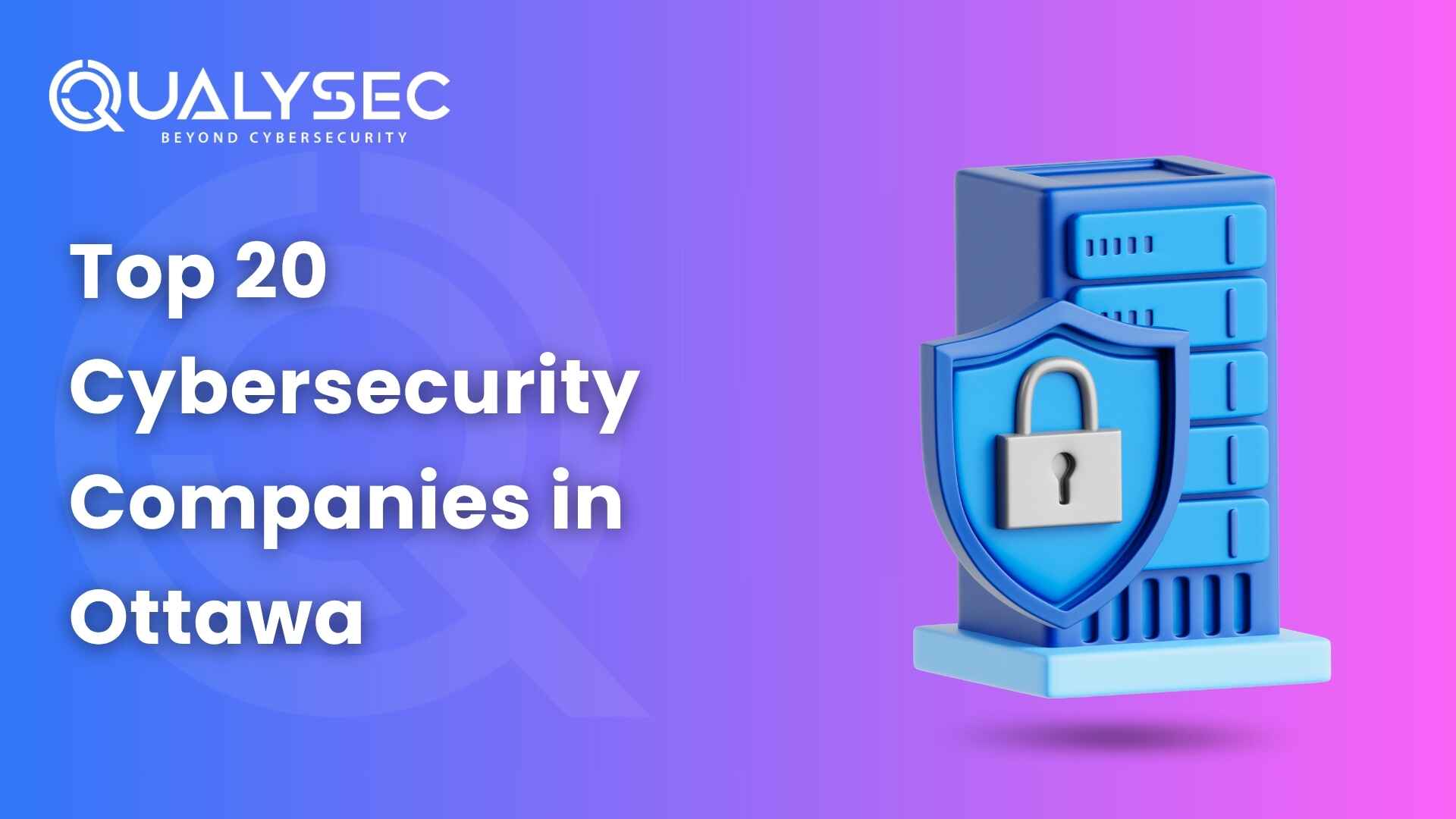
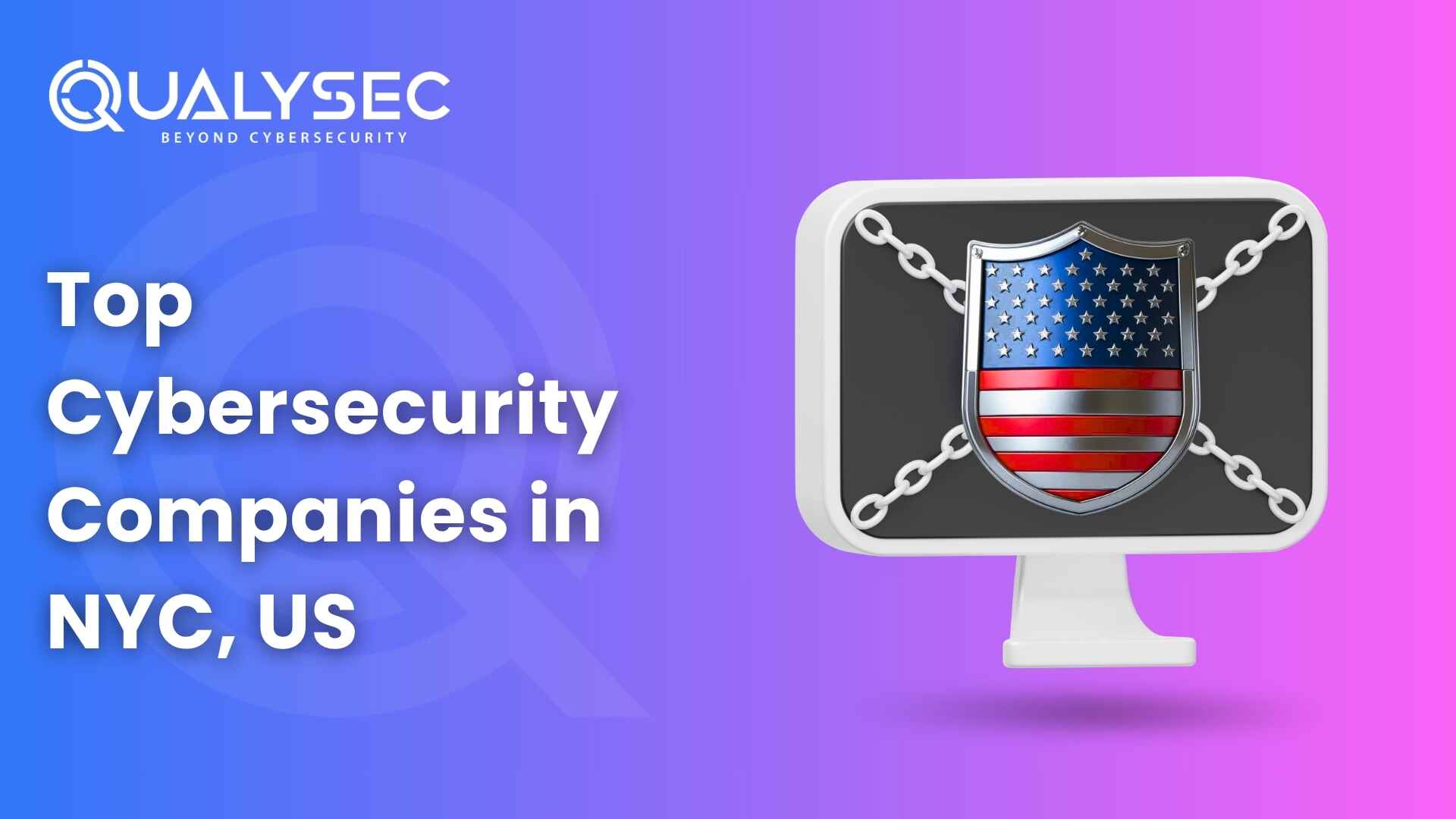




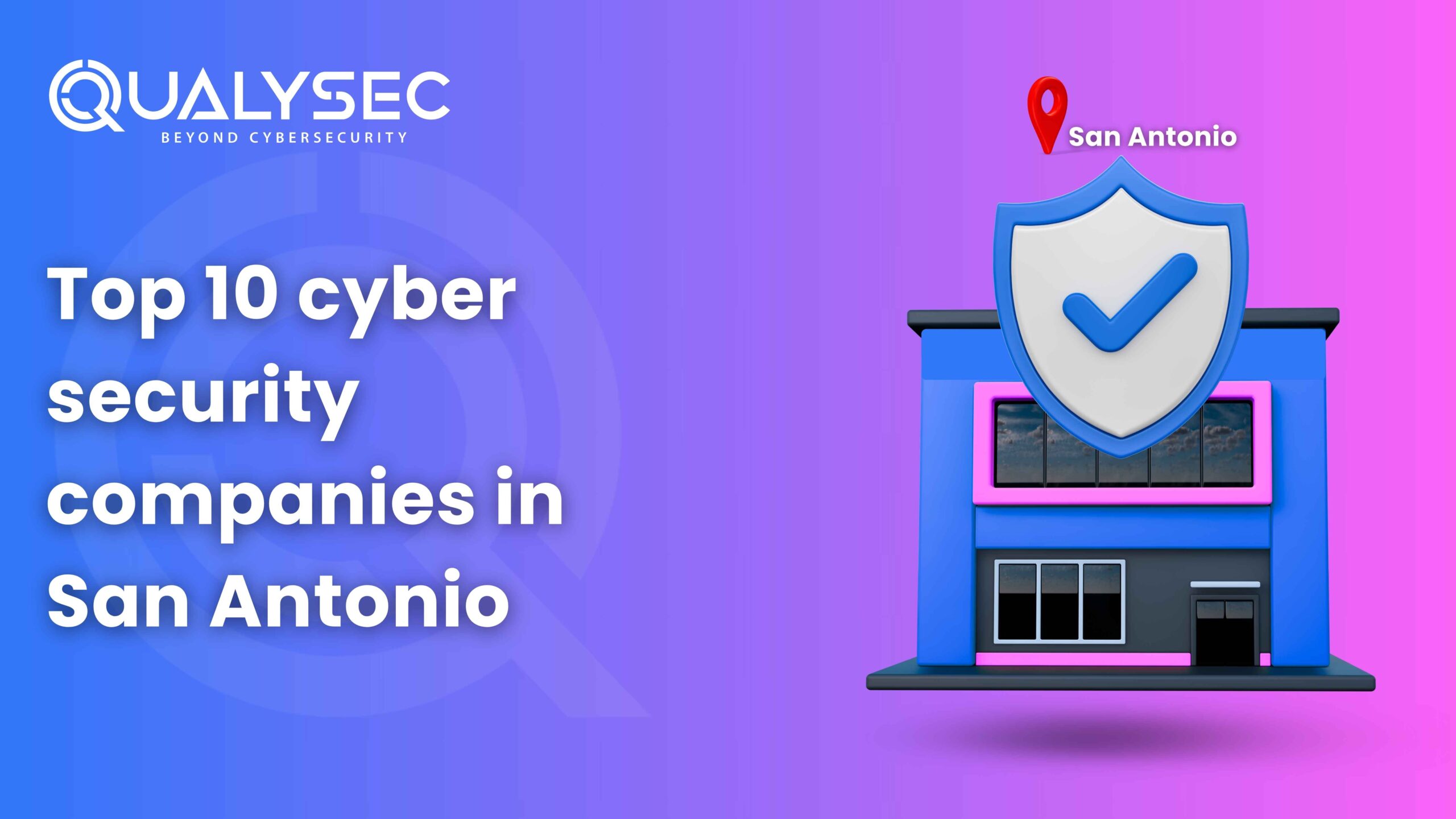
















































































































































































































































































































































































































































































































0 Comments